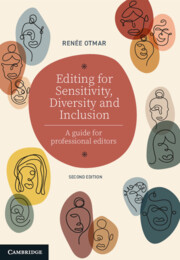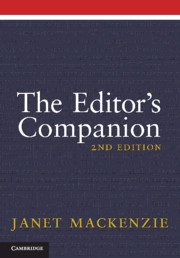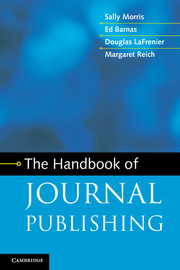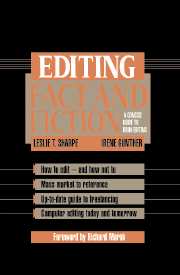Editing for Sensitivity, Diversity and Inclusion
Editors should approach their work with an informed worldview, ensuring that harmful stereotypes, cultural insensitivities and inaccurate information are avoided. Knowing how to do so – and what to replace them with – can be tricky. Editing for Sensitivity, Diversity and Inclusion is a guide for professional editors, providing evidence-based definitions, recommendations and support for emerging and experienced editors working with fiction and non-fiction genres. Part One introduces the foundations of professional editing and what editors need to know to conduct themselves well in professional contexts. Part Two applies this knowledge to professional practice, covering topics such as plagiarism, literary and cultural appropriation, critical appraisal, and developing a workplace policy and style guide. Part Three explores an extensive range of topics relevant to editing for sensitivity, diversity and inclusion, including addiction, dependence and recovery; class and socio-economic status; indigeneity; religious, spiritual and other belief systems; sex and gender identity; and trauma and torture.
- Only text in Australia to provide guidance for editors on selected topics relevant to editing for sensitivity, diversity and inclusion
- Wide variety of topics explored (50+)
- Suitable for in-practice editors, and those working in any field where clear, inclusive communication is essential
Product details
September 2023Paperback
9781009154659
340 pages
240 × 170 × 20 mm
0.597kg
Available
Table of Contents
- Part I. Foundations
- 1. The importance of professional editing
- 2. How to use this book
- 3. Important definitions
- 4. Legal, ideological, philosophical, scientific and theoretical contexts
- Part II. Professional practice
- 5. Identifying the explanatory framework within a text
- 6. Literary worth versus literary intention
- 7. Plagiarism
- 8. Literary appropriation
- 9. Cultural appropriation
- 10. Decolonisation
- 11. Legal reading
- 12. The main types of critical appraisal
- 13. Editing for sensitivity, diversity and inclusion
- 14. Moral and ethical dimensions of editing
- 15. Developing a workplace policy and style guide
- 16. Principles for a professional practice
- 17. Care of the self
- 18. Conclusion
- Part III. Guide.





